The Arizona Mexico Commission (AMC), named the Arizona-Mexico West Coast Trade Commission for much of the 1960s, grew and established itself following its founding in 1959.
Early 1960s
The commission began tracking U.S. imports for consumption from Mexico through Arizona in 1960. According to the International Trade Administration, imports for consumption are measured by the value of merchandise that clears customs or U.S. Foregin Trade Zones and enters the market.
From 1960-1961, edible animals and animal imports was valued at $68,087,859. The vegetable, food products and beverages group was valued at $41,648,908.
The imports for consumption from Mexico through Arizona have continued to grow as imports from Mexico to Arizona increased 14.23 percent from 2017 to 2018, according to Arizona-Mexico Economic Indicators.
Arizona’s six border ports of entry during the early 1960s were Douglas, Lukeville, Naco, Nogales, San Luis and Sasabe.
In August 1962, former Arizona Governor Paul Fannin and former Sonora Governor Luis Encinas attended “Arizona-Sonora Recognition Day” at the Seattle World’s Fair.
The Seattle World’s Fair, also known as Century 21 Exposition, was held between April and October of 1962 and drew nearly 10 million visitors, according to Seattle Municipal Archives. The city’s archives explained that the Fair’s theme stayed true to its name of Century 21 Exposition as it focused on “modern science, space exploration, and the progressive future.”
Mid 1960s
In 1964, the Port of Guaymas transportation system networks were presented at the fifth Arizona-Sonora Committee Conference in Hermosillo, Sonora, according to the AMC. The Port of Guaymas is utilized today for major export and import activity with Europe, Asia, Africa and America.
That same year, the Arizona-Sonora Delegation also attended the World’s Fair in New York. According to the New York World’s Fair website, the fair’s theme was ‘Peace Through Understanding’ and included elaborate exhibits that drew in more than 51 million visitors.
In 1965, former Arizona Governor Samuel P. Goddard issued a proclamation recognizing Fiesta De Amigos Days. It was established by The Vesta Club of Phoenix, which worked to assist youth in the Spanish-speaking community in acquiring high levels of education.
Late 1960s
Former Governor Jack Williams rebranded the Arizona-Mexico West Coast Trade Commission to what is now known as the Arizona-Mexico Commission in 1967.
Sonora also gifted Arizona a statue of Father Eusebio Francisco Kino that year. The statue currently resides in Tucson and contains a time capsule that will be opened in 2235. Father Kino was a Jesuit missionary who established missions and built churches in what is now Arizona and other parts of the Sonoran Desert region.
In 1968, Flagstaff hosted the West German Olympic team for training prior to the XIX Olympiad that October in Mexico City. Flagstaff benefitted significantly from the XIX Olympiad in Mexico City as the German team trained and stayed in the Arizona city before competing.

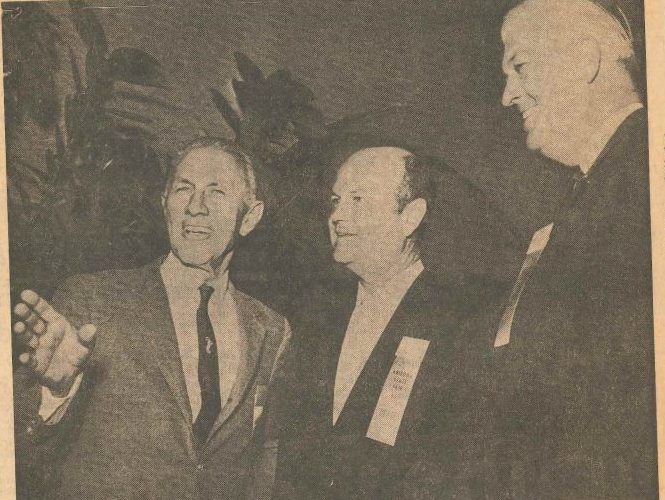

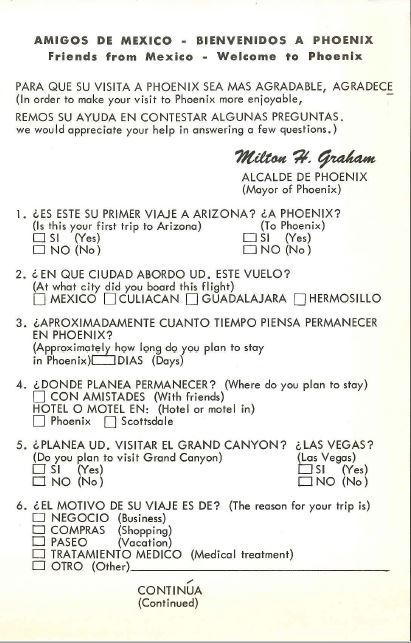
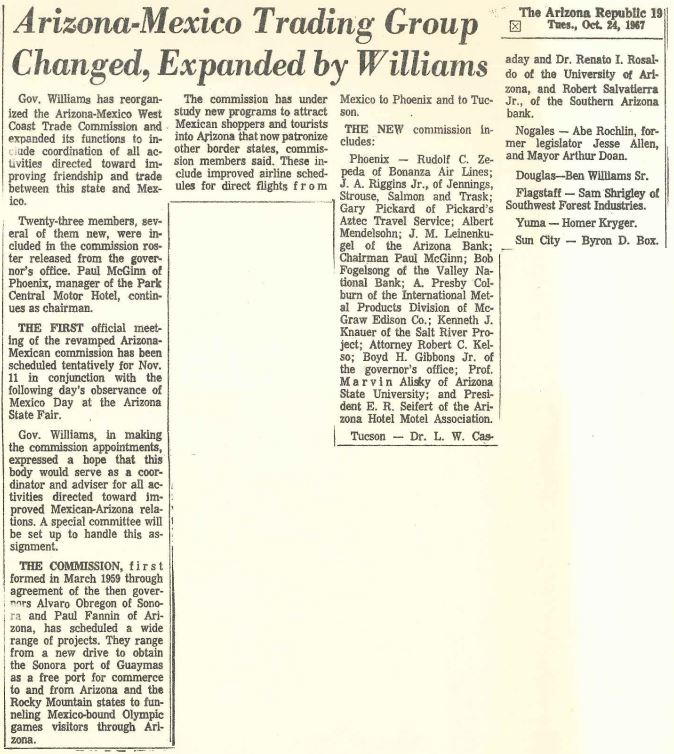
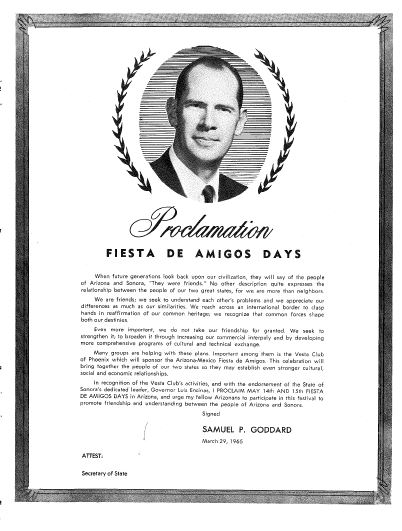
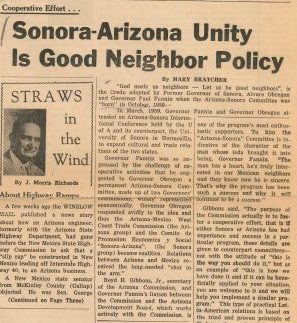
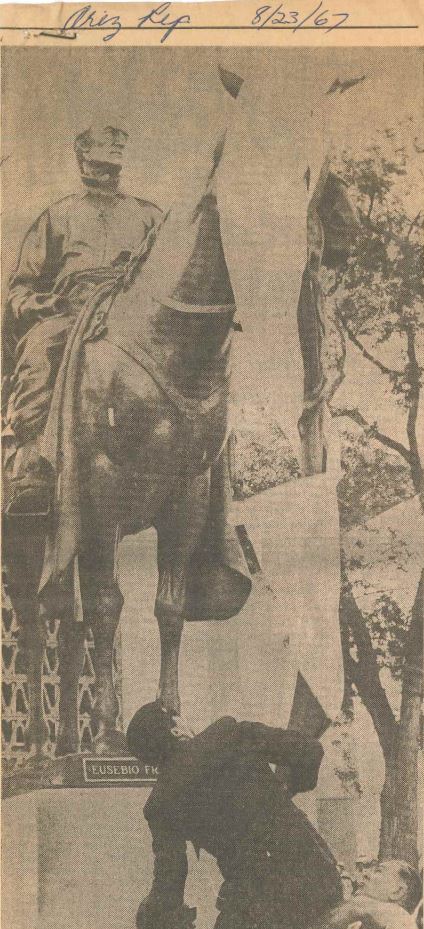

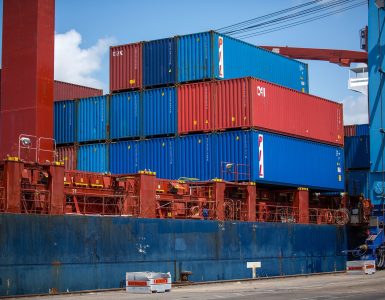
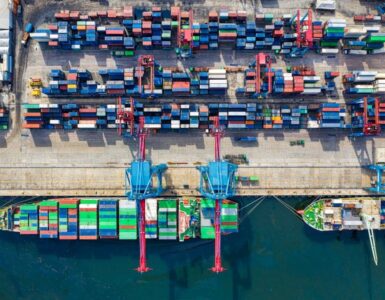











Add comment